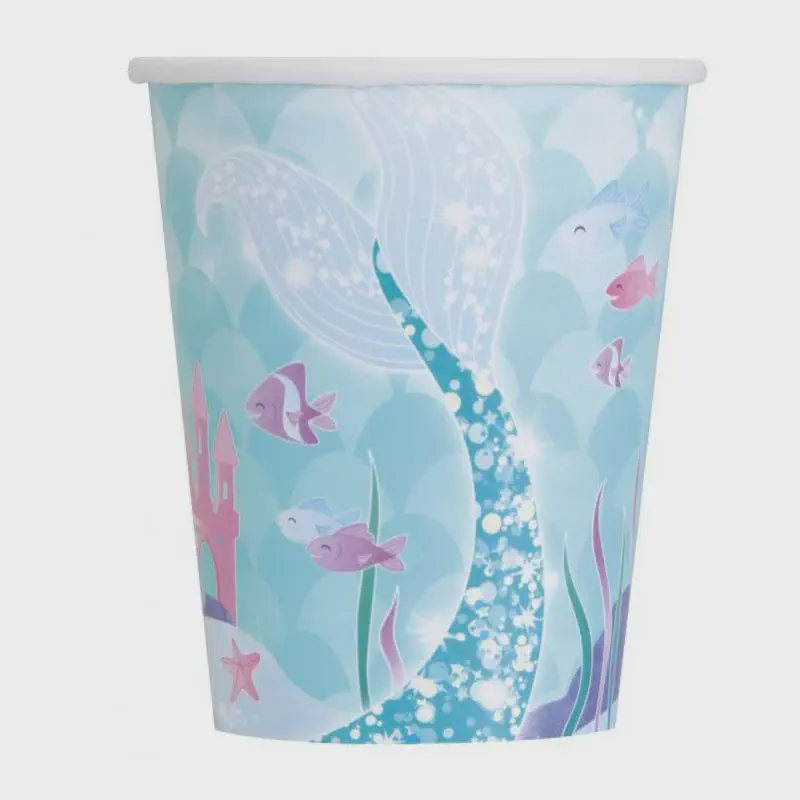The Problem with Disposable Cups

Disposable cups seem harmless, but their use has a major environmental impact. Behind every small takeaway coffee lies invisible pollution, linked to the manufacturing, transportation, and difficult recycling of these containers.
An underestimated ecological problem
We don’t always realize it, but single-use cups represent a real ecological challenge. Every day, millions of consumers use them… and the vast majority are not recycled.
Although made of cardboard, they contain a plastic coating (polystyrene) that complicates their recycling.
On a global scale, several billion cups are produced each year. To give an idea, a person who drinks a coffee in a cup every morning uses approximately 250 cups per year. In Quebec alone, this represents 1.5 billion cups each year.
Cardboard cups: not so eco-friendly
Contrary to popular belief, the manufacturing of cardboard cups is more polluting than that of plastic cups:
Their manufacturing, from wood, requires 13 times more water and 2 times more electricity than that of plastic cups. In the end, a plastic cup is equivalent to 3.2 g of oil versus 4.1 g for the cardboard version, according to an MIT study. Even worse, the internal plastic layer makes their recycling almost impossible and their composting very complex. Learn more
Moreover, so-called compostable cups do not decompose properly at temperatures below 57 °C, which makes them incompatible with most home compost systems.
A simple solution: the reusable cup
The most effective solution to reduce this pollution is to adopt reusable cups.
Whether ceramic, glass, or stainless steel, these alternatives allow you to save resources and avoid tons of waste each year.
Sources:
Ville en vert
Les Échos

